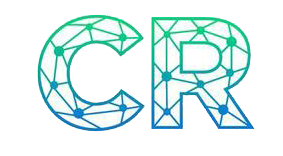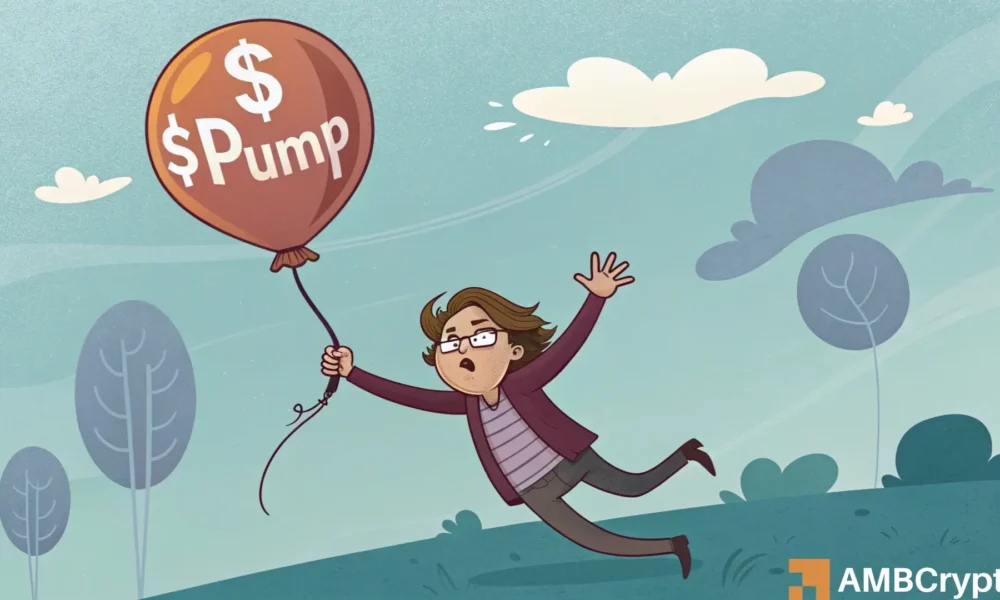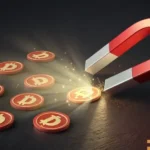Key Takeaways
Pump.fun concluded its public token sale on the 12th of July, 12 minutes after it began. The community had mixed reactions to the entire event, some calling it revolutionary while others termed is as a grift.
Memecoin creation platform Pump.fun [PUMP] completed a $500 million public token sale on the 12th of July.
The 150 billion token sale was set to run for 72 hours on Pump.fun and six centralized exchanges, but everything was sold out in under an hour.
A post on X read,
“the $PUMP public sale has now ended. we are delighted to reveal that the $PUMP public sale was able to sell out in only 12 minutes. we would like to thank our entire community for participating!”
All the tokens sold on Pump.fun or participating exchanges would be transferred to participants in the next 48–72 hours, the announcement read.
During this distribution phase, transfers were rendered temporarily untradeable and untransferable.
The total supply is 1 trillion tokens, with 33% of the supply was allocated to the ICO. Within the 33%, 18% was set aside for institutional investors in a private sale, and 15% for retail in a public sale.
The ICO priced PUMP at $0.004 per token, and the sale was conducted across Bybit, Kraken, Bitget, MEXC, Kucoin, and Gate. Bybit noted that E.U. customers would be prohibited from participating in the ICO.
The sale of the entire 33% would bring the total proceeds to $1.32 billion. In July, 50% of the total supply would be unlocked, which would expand to 70% by mid-2026.
Buying opportunity, or a meaningless lure?
The ICO had mixed reactions from the crypto community. Haseeb Qureshi, managing partner at venture capital firm Dragonfly, hailed it as,
“One of the highest-grossing revenue tokens in crypto.”
However, in response, Mary Bent, “Truth for the Commoner” founder, said,
“Pump.fun and those supporting it (even if at arm’s length) are Pied Pipers leading Gen Z to ruin.”
There were rumors of airdrops for early Pump.fun users, but at press time, there was no confirmed news on this.
There was also criticism of the tokenomics. The airdrops that were “coming soon”, also drew users’ ire and did little to clarify the topic.
The fastest-growing company in history reached key milestones in record time. Its critics argued that the high launch price limited meaningful gains.
The bullish argument for PUMP was that 25% of the sizeable revenues that Pump.fun created would be set aside to buy back PUMP tokens. This could create upward pressure on the price.
Head of product at Coinbase, Conor Grogan, observed that top accounts on Pump. fun launches a new token every three minutes on average. He also stated,
“The great majority of tokens launched on PumpFun and LetsBonk are today run by bots.”
The 12-minute PUMP sale completion was impressive. Investors and traders must do their research diligently before deciding if they want to buy PUMP or stay away from the token and the risky small-cap memecoins.








